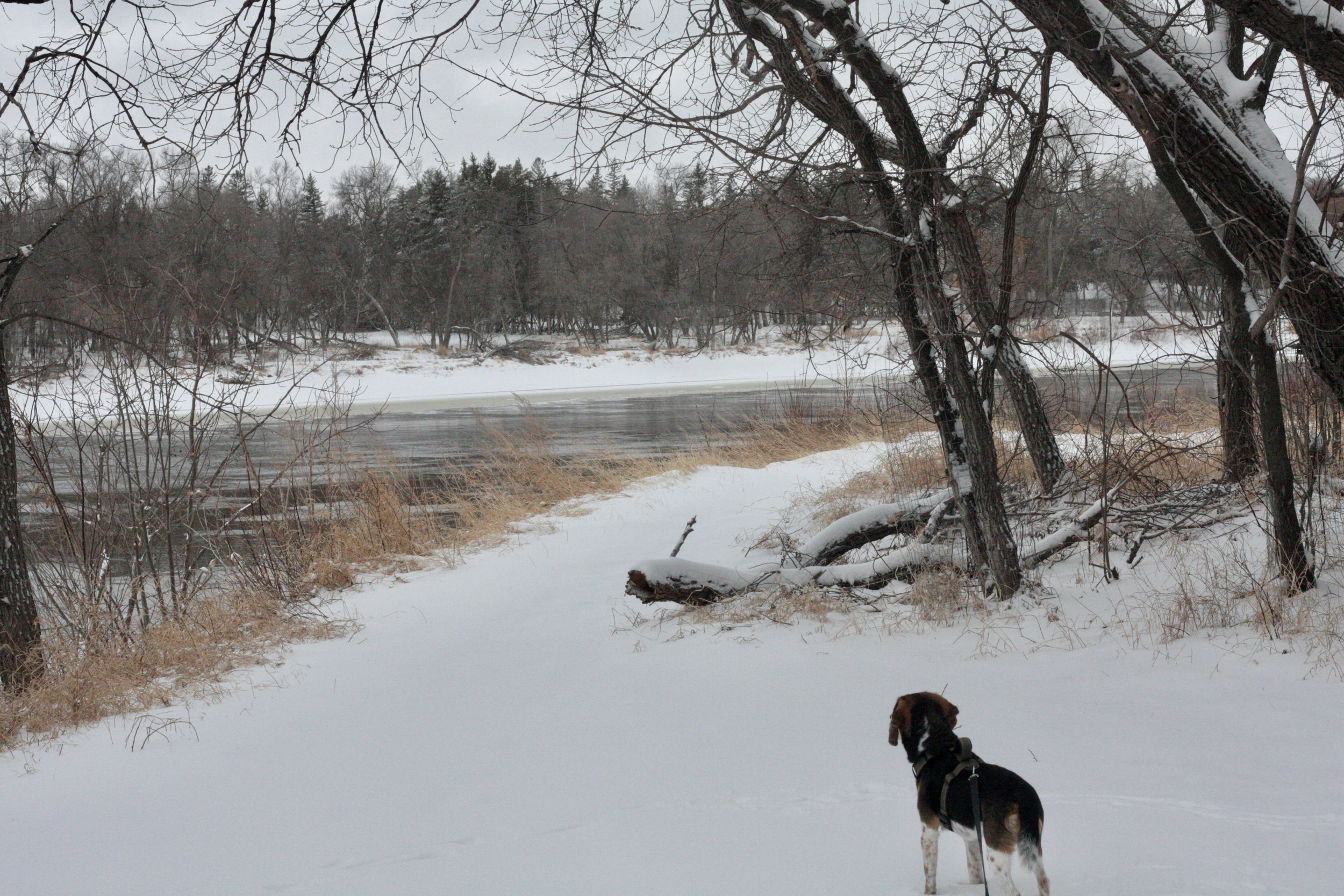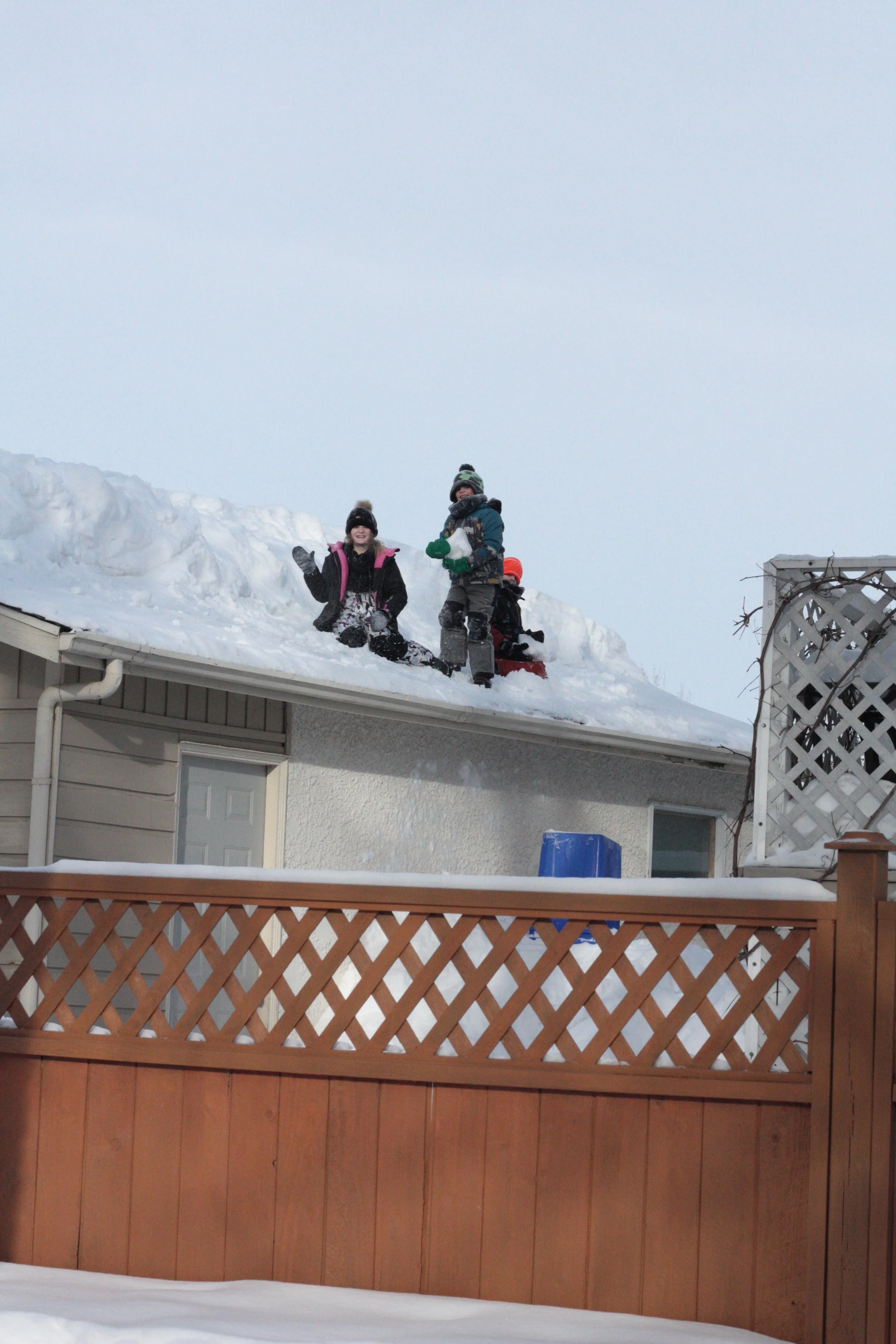Thoughts on Thrifting
I took time last weekend and this one to visit thrift stores in Winnipeg, which I hadn’t all last year. First I get overwhelmed. Then I remind myself that it’s fun.
And it really is! I make a game of quickly going through each piece of clothing on a rack, testing feel and design and checking the label to see if I’ve guessed the quality right.
I have rules: an aversion for some brands, an exception for cheaper fabric or un-fancy brands if the item looks brand new, an aim for classic cuts (no shoulder holes), colours (I don’t care for purple), materials (is that wool?), and a dismissal of store categories (I browse across size, gender and type of clothing).
I now have more 5 more pairs of pants I didn’t a month ago… I found a belt making me retroactively happy I didn’t buy the one at the Bay - the store that is now closing, that has sprung a slew of pink and white 15%-off sale signs like a field of clover in spring.
Thrifting takes the weight off of shopping for new clothes, and quirky accessories, like this scarf I could unwind from my neck and read if I was ever bored, let me be playful without feeling frivolous.
Thrifting is a pastime. As I comb the racks, I feel people around me. I’m conscious of picking through items that unknown others have dropped off, I’m spending time considering what I could wear, what I like enough, really enough to try, to buy, what others would think of my choice, what my choice says about my style… What is my style… Is everything all vanity…
The counterpoint is this: that by taking time to examine clothing, I’m learning… I’m not only teaching myself brands, materials, quality, I’m noticing what people donate; I’m looking at items that have been assembled an ocean away, advertised in a store, purchased at some point, worn or stored before being passed along and processed and hung on these squeaky hangers for my benefit. Sometimes, the thought of all that inspires a kind of gentle reverence for clothing, for the journey it took to land in this neutral wall, bright fluorescents building. Mentally, I bless the people who were part of that journey… the lowly workers in particular. More often than not, I leave feeling grateful for the experience.
Baking
This week, I got compliments on the Banana Bread Blondies from King Arthur Baking Company. They have a generous list of free recipes and this one is a keeper. Not only is it easy to make, but it uses bananas in an unusual way…
Cooking
In other news, I made Smitten Kitchen’s “Meatballs Marsala with Egg Noodles” this week. I had a craving. But also, I keep notes and record the meals we’ve had week to week, year after year. I’d tried the recipe for the first time last year and noted “kids don’t care for the sauce.” But I made it anyway, and curiously, the kids’ opinion has changed from a year ago. They could not recall disliking the sauce. I take this as tastebud maturation!
Writing (for a Blog)
This series of blog posts by Tracy Durnell, titled “Mindset of More”, has been gently thought-provoking and I enjoyed reading through them… This other post by James Horton, “The Non-Writer’s Guide to Writing A Lot” could seem to contradict Durnell by its title, but in fact it aligns well, since Horton says “Write for joy” and Durnell writes “it is more rewarding to treat writing as atelic, meaningful in itself.” I think Matthew Gallaway expresses this in a way I relate to when he writes:
blogs in my mind are still the best means of subjectively capturing the world around us in a manner that's best suited for the internet
and
I still like to blog, and I have no plans to quit. It's a place where I can write a few words and share some pictures that for whatever reason mean or meant something to me. It's not about making money or even trying to, which is itself an act of #resistance in our sadly money-obsessed culture. And while I sometimes question the meaningfulness of my work, I never question the meaningfulness of others who are doing the same thing, which would dictate that (if you took my neurotic insecurity out of the equation) the work is meaningful to someone, even if (stay with me here) that someone is me, or a past version of me.
(Also, I liked this post of his about opera.)
Postcards
Spring, while it is greenery and asparagus for people south of us, is fields of frozen half-melt and quiet hopeful plants.
As it moves along, inch by inch, snow turns to puddles that freeze.
Can you spy a fox?
It drove Enzo crazy. He howled wildly as I pulled him along and the fox watched, as if amused, sitting down even, as we passed.
Then, a new snowy landscape on Friday morning…
































